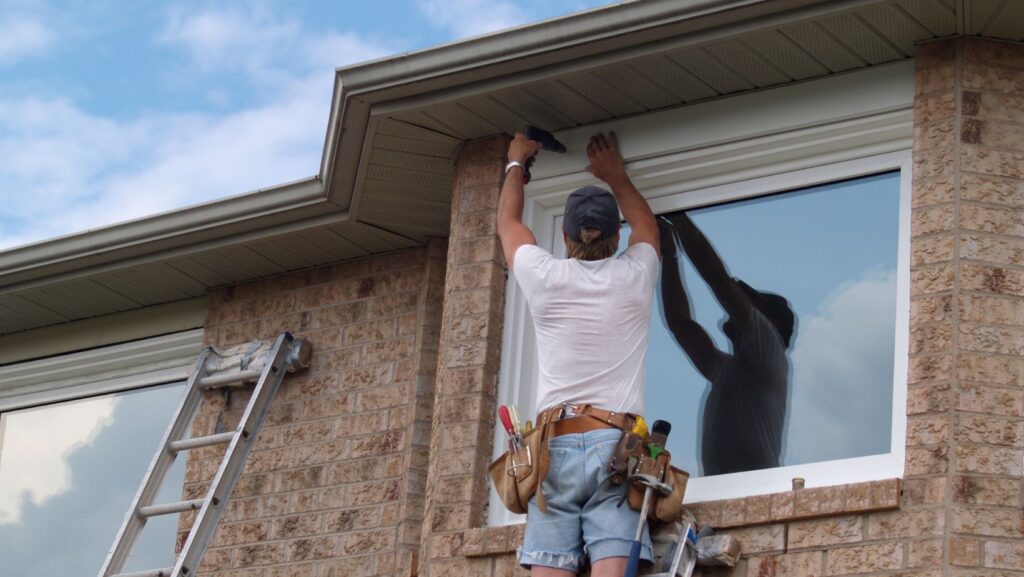Children learn best when they can touch, see, and interact with the world around them. The Montessori method embraces this by encouraging hands-on exploration and independence.
One simple but powerful way to bring Montessori principles into your home is by creating a Montessori Weather Station.
A weather station may sound technical, but in a child-centered environment, it becomes a practical learning tool. It helps kids observe nature, understand patterns, and build responsibility as they track the daily changes outside their window.
More importantly, it connects them to the natural rhythms of the world—an essential part of Montessori education.
At Dannico Woodworks, we believe that thoughtfully designed tools and furniture can spark independence and curiosity in children.
A Montessori weather station is one of those projects that combines creativity, education, and functionality. In this guide, we’ll walk you through what a weather station is, why it matters, and how to create one step by step.
What is a Montessori Weather Station?
A Montessori weather station is a child-friendly display board where kids can track the weather using visual cues, symbols, or movable parts. Instead of relying on screens or complicated instruments, it uses tactile elements like wooden dials, cards, or magnetic pieces.
For example, children might:
- Spin a dial to show whether it’s sunny, cloudy, rainy, or snowy.
- Move a marker to track the daily temperature.
- Add weather cards that match the season.
This daily ritual not only builds awareness of weather but also teaches routine, observation skills, and independence.
Why Create a Montessori Weather Station?
A weather station is more than just a fun craft—it supports core areas of child development:
- Hands-On Learning – Children manipulate dials, sliders, and cards, which builds fine motor skills.
- Observation & Critical Thinking – They notice changes in the sky, temperature, and seasons.
- Language Development – Kids learn descriptive words like “foggy,” “windy,” or “stormy.”
- Independence & Responsibility – Updating the station daily becomes their meaningful task.
- Connection to Nature – They start to notice the natural cycles around them.
At Dannico Woodworks, we design furniture and learning tools that are built with these exact principles in mind—supporting both beauty and function in children’s spaces.
Materials You’ll Need
You don’t need to be a professional carpenter to build a Montessori weather station, though durable materials will make it last longer. Here’s a simple list:
- Wooden board or frame (a sturdy base for your station)
- Weather cards or icons (laminated paper, magnetic pieces, or wooden cutouts)
- Markers or paint (for labels, symbols, or color coding)
- Movable dials or sliders (can be crafted from wood discs, Velcro, or magnets)
- Hooks or clips (to hang cards, pictures, or small notes)
- Optional: A thermometer or rain gauge for older kids
At Dannico Woodworks, we love using natural, child-safe wood finishes that are durable and visually inviting. If you’re building your own, choose materials that can withstand daily use by little hands.
How do I Create a Montessori Weather Station?
Step 1: Choose Your Location
Pick a wall or space at your child’s height. Montessori design always emphasizes accessibility—kids should be able to reach everything themselves.
Step 2: Build the Base
Use a wooden board as your foundation. Sand the edges to make it smooth and safe. A natural wood finish works beautifully, but you can also paint the background with calming colors like soft blue or white.
Step 3: Add Weather Categories
Decide which categories you want to include:
- Weather type: sunny, cloudy, rainy, snowy, windy.
- Temperature: cold, cool, warm, hot.
- Season: spring, summer, fall, winter.
- Extras: moon phases or wind direction for older children.
Arrange these categories on your board in a clear, uncluttered way.
Step 4: Create Movable Pieces
This is the fun part! Use wooden discs, magnetic tiles, or laminated cards that children can move daily. For example:
- A dial that spins to show the sun, cloud, or raindrop.
- A sliding thermometer where a marker moves up or down.
- Cards for seasons that can be swapped out every few months.
Step 5: Make It Durable
Children will use this every day, so secure all pieces with screws, magnets, or Velcro. Avoid fragile or overly decorative parts.
Step 6: Introduce It to Your Child
Show your child how to observe the weather outside and then update the board. Let them take ownership—it’s their job, not yours. Over time, they’ll proudly run to the window each morning to see what needs to change.
Montessori Weather Station Ideas
- Nature-Inspired Design: Use natural wood textures, hand-painted icons, and neutral tones.
- Interactive Learning Corner: Combine the weather station with a calendar and seasonal shelf.
- Personal Touch: Add space for children to draw today’s weather on a small chalkboard section.
- Family Connection: Let siblings work together to track the weather.
Montessori Weather Station and Child Development
By maintaining a weather station, children engage in meaningful repetition. Each day brings the same ritual, but with new discoveries.
This is exactly how Montessori learning thrives—through consistent, hands-on practice that builds knowledge naturally.
Children also feel empowered when they have a real responsibility. A weather station is not just decoration—it becomes their contribution to family life.
FAQs
What age is best for introducing a weather station?
Most children enjoy it from ages 3 and up. Younger toddlers can still participate with simple icons, while older children can handle more detailed categories.
Do I need special tools to build one?
Not at all. You can make one with cardboard and markers if you prefer. A wooden version is more durable and long-lasting.
How often should kids update it?
Once a day is perfect—usually in the morning. Some families also check again in the afternoon to see how the weather changes.
Can I buy one instead of making it?
Yes, there are premade Montessori-inspired weather stations available. At Dannico Woodworks, we specialize in handcrafted, child-friendly furniture and learning tools built to last.
Conclusion
A Montessori weather station is more than just a project—it’s a daily ritual that nurtures curiosity, responsibility, and a deeper connection with nature.
With a few simple materials, you can create a tool your child will return to day after day, season after season.
At Dannico Woodworks, we design and craft furniture that empowers children to explore the world with confidence.
A weather station fits right into that mission—practical, beautiful, and built for learning.
Are you ready to bring the rhythms of nature into your child’s daily routine with a Montessori weather station?



